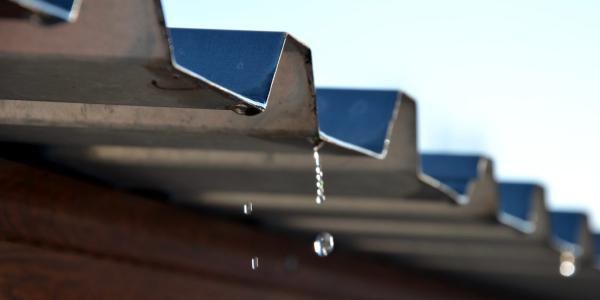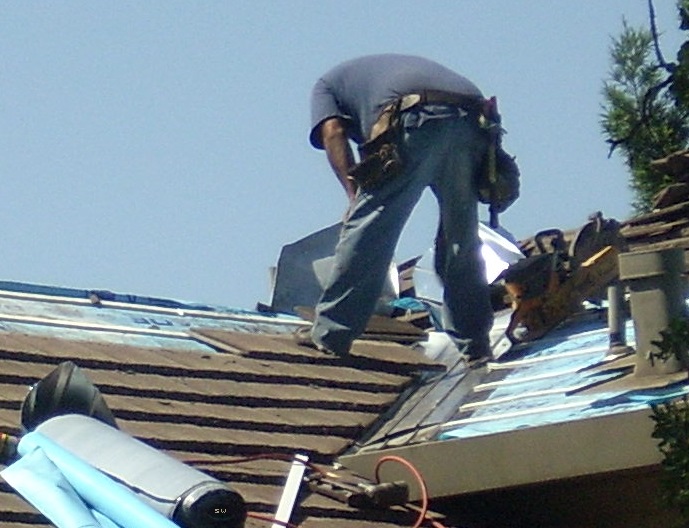Shape Matters: Choosing the Best Component to Channel Water Away

By RPS Metal Roofing and Siding, Inc.
Learn the difference between a drip edge and a gutter apron to choose the best option during a roof installation.
The roof acts as the main protection against the elements, but it is thanks to essential components like gutter aprons and drip edges that contribute to a roof’s stability and a leak-free home. Both help move water away from and off the roof, differing mainly in shape and placement. Not sure which one to choose? This article dives into the benefits, installation guidelines and recommendations of both to help you make an informed decision.
What is a drip edge?
A drip edge is a piece of T-shaped metal flashing fitted to the edge of your roof to create a waterproof barrier. The flashing then creates a runoff for water directing it away from the internal structure of your home. A drip edge is required to be fitted to roofs in 49 states.
Drip edges can come in various colors and materials, including aluminum, copper, fiberglass, plastic and vinyl, to name a few. You can get your drip edge in a color to match your roof materials for a more aesthetically pleasing look.
What is a gutter apron?
As mentioned, the main difference between a drip edge and a gutter apron is the shape. While a drip edge is a T-shape, a gutter apron is an L-shape made from aluminum and steel sheets that can color-match your home and roof.
Gutter apron vs. drip edge
When choosing what is suitable for your roof, remember the main point is that you select the best protection for your home. There are notable advantages and disadvantages between the gutter apron and a drip edge.
A drip edge offers massive benefits to your home by providing strong protection against the elements. Rain is automatically directed to the gutters via the drip reducing the likelihood of it infiltrating your home via the roof and gaps. It reduces ice dams forming in extreme weather and helps to stabilize your roof in the event of damage from weather conditions.
As the rain is directed away, this also offers structural protection as the water doesn’t pool on the ground leading to possible basement or structural damage. An added bonus is that the T-shape flashing will cover any gaps between your walls and roof and any siding you have installed. This prevents leakages and pests from entering your home via these spaces.
On the other hand, drip edges, a legal requirement in 49 states, can’t be installed on older properties due to strict installation guidelines.
When looking at the benefits of gutter aprons, again, like drip edges, they provide exceptional stability and protection for your roof by directing rainwater away from the attic and towards the gutters. They are typically made from galvanized steel, giving a smooth surface for water runoff.
The benefits of the gutter apron include increased roof longevity and fewer repairs and maintenance, meaning it can be cost-effective. When installed correctly, gutter aprons direct rainfall and water from your roof to prevent additional damage to the structure underneath.
As with drip edges, gutter aprons must be installed under strict guidelines and might not be suitable for older roofing or if your gutter is located far from your shingles.
Original article source: RPS Metal Roofing and Siding

Have a question? AskARoofer.
Find your local roofing contractor in the RoofersCoffeeShop® Contractor Directory.










Comments
Leave a Reply
Have an account? Login to leave a comment!
Sign In